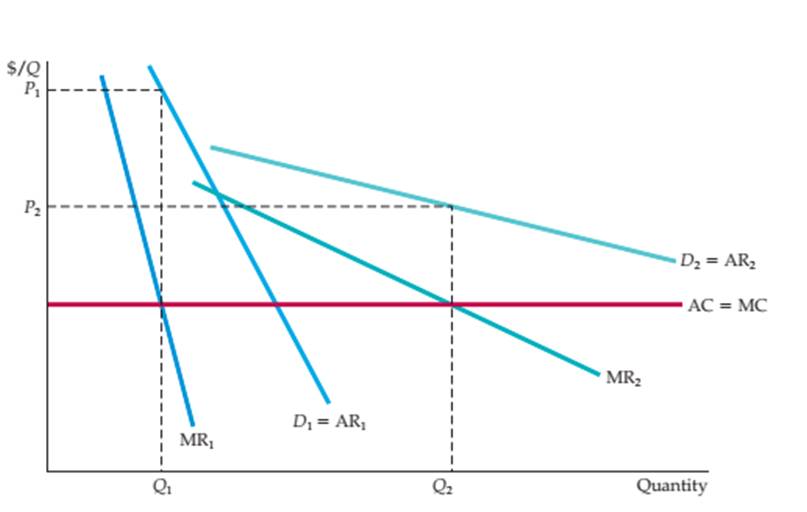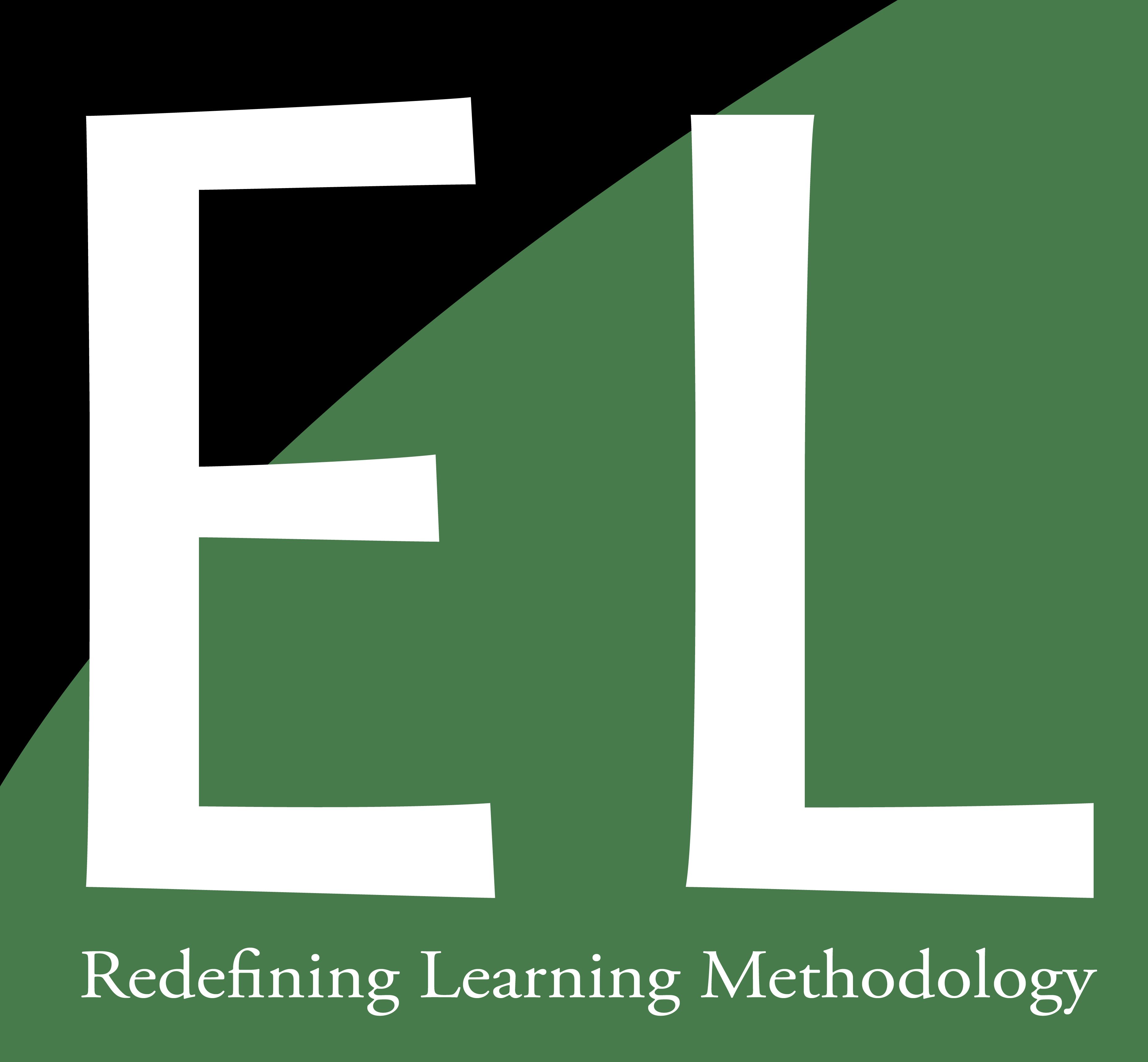Two other closely related forms of price discrimination are important and widely practiced. The first of these is inter-temporal price discrimination: separating consumers with different demand functions into different groups by charging different prices at different points in time. The second is peak-load pricing: charging higher prices during peak periods when capacity constraints cause marginal costs to be high. Both of these strategies involve charging different prices at different times, but the reasons for doing so are somewhat different in each case.
The objective of inter-temporal price discrimination is to divide consumers into high-demand and low-demand groups by charging a price that is high at first but falls later. To see how this strategy works, think about how an electronics company might price new, technologically advanced equipment, such as high-performance digital cameras or LCD television monitors.

In the above Figure, D1 is the (inelastic) demand curve for a small group of consumers who value the product highly and do not want to wait to buy it (e.g., photography buffs who want the latest camera). D2 is the demand curve for the broader group of consumers who are more willing to forgo the product if the price is too high. The strategy, then, is to offer the product initially at the high price P1, selling mostly to consumers on demand curve D1 .Later, after this first group of consumers has bought the product, the price is lowered to P2, and sales are made to the larger group of consumers on demand curve D2.
There are other examples of intertemporal price discrimination. One involves charging a high price for a first-run movie and then lowering the price after the movie has been out a year. Another, practiced almost universally by publishers, is to charge a high price for the hardcover edition of a book and then to release the paperback version at a much lower price about a year later. Many people think that the lower price of the paperback is due to a much lower cost of production, but this is not true. Once a book has been edited and typeset, the marginal cost of printing an additional copy, whether hardcover or paperback, is quite low, perhaps a dollar or so. The paperback version is sold for much less not because it is much cheaper to print but because high-demand consumers have already purchased the hardbound edition. The remaining consumers—paperback buyers—generally have more elastic demands.
